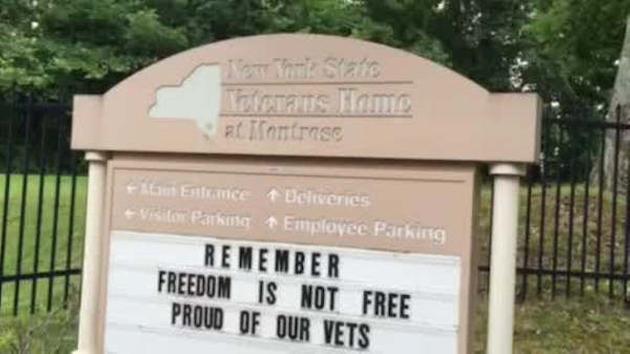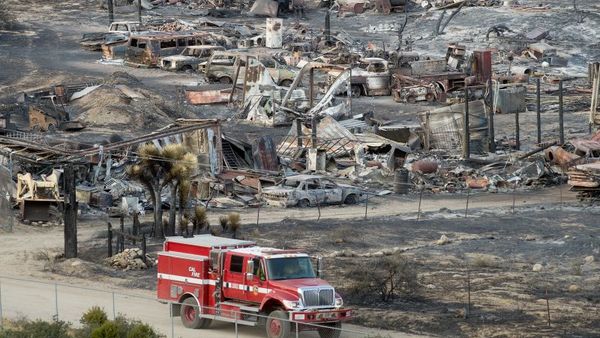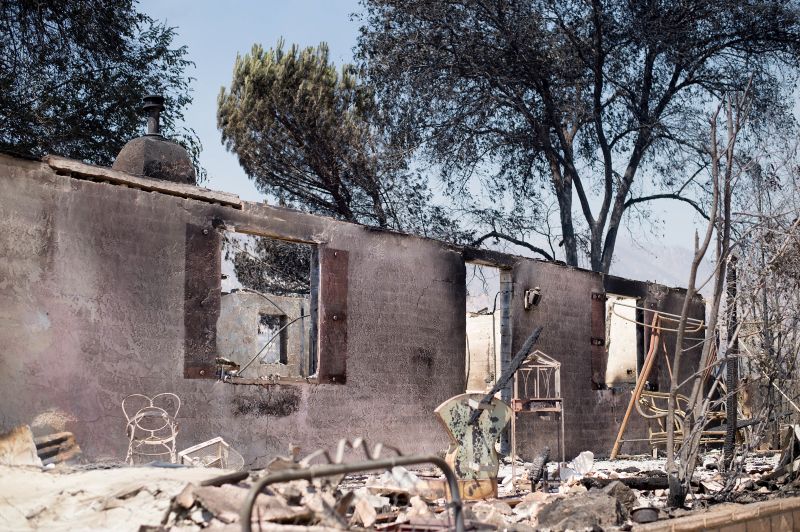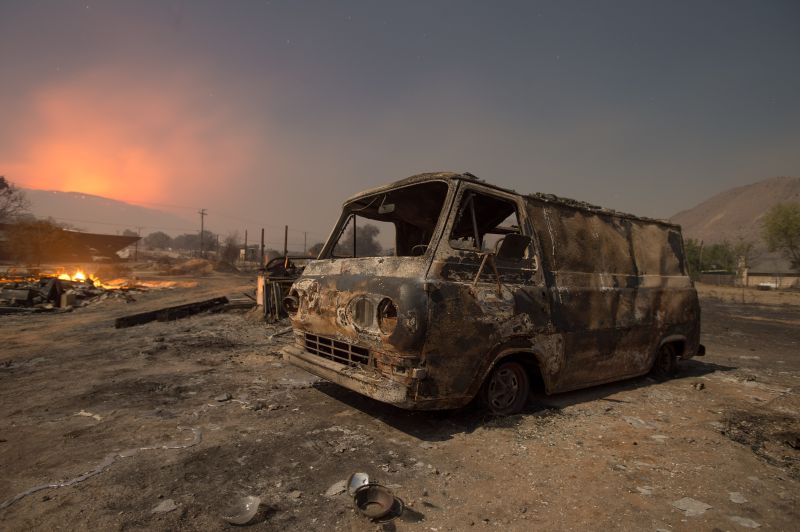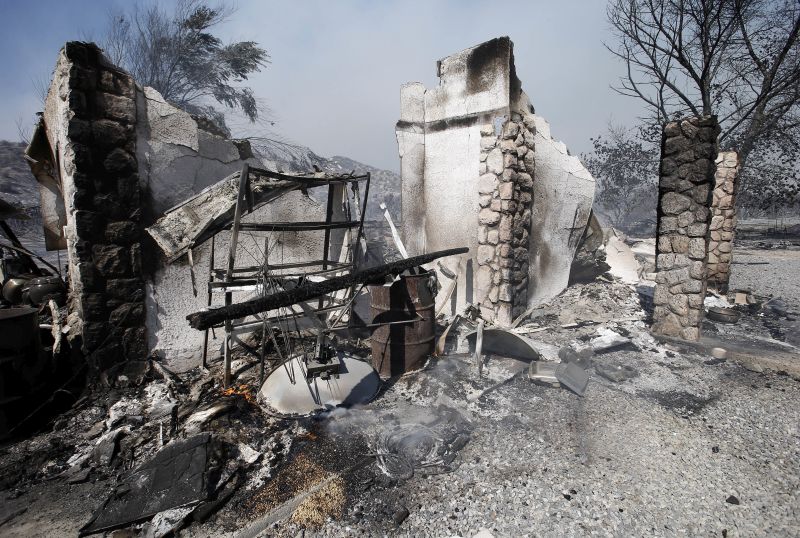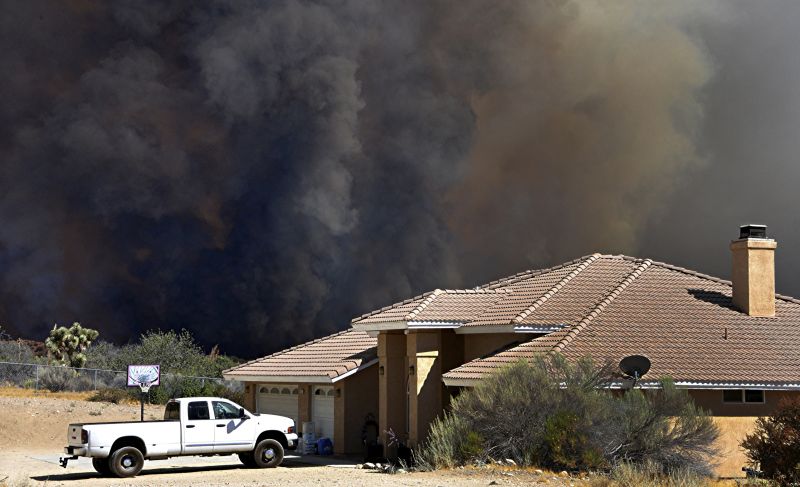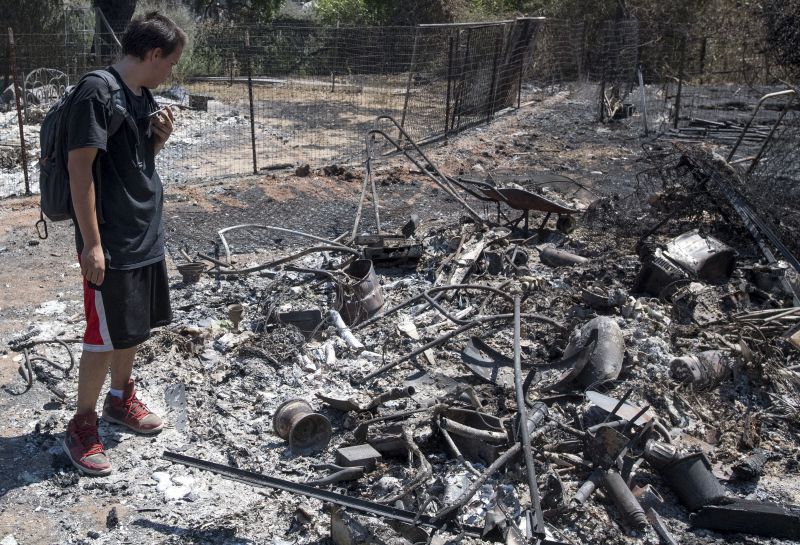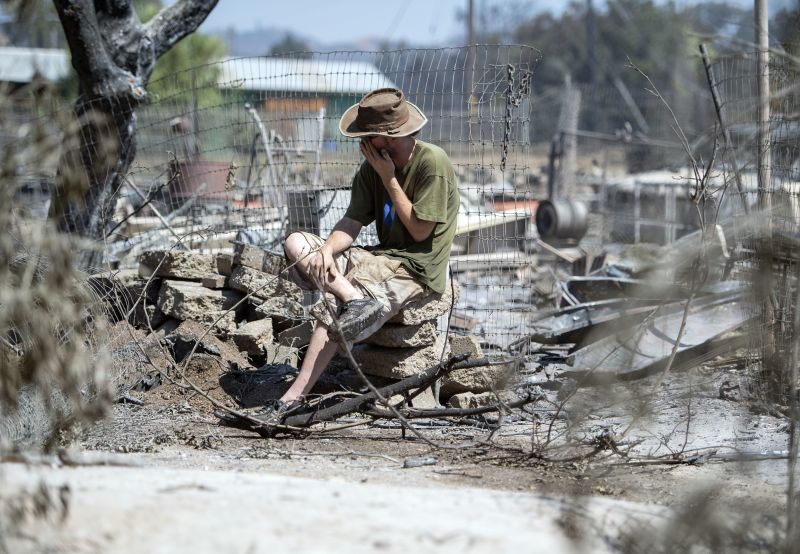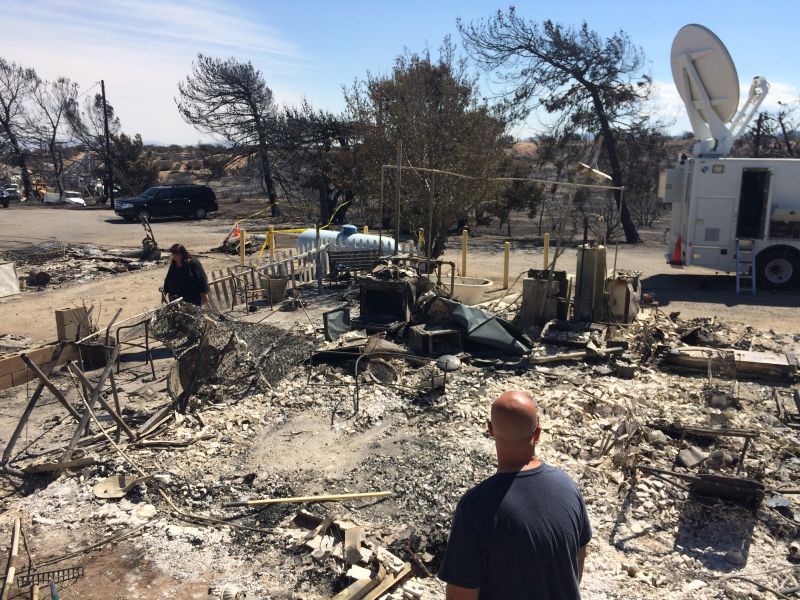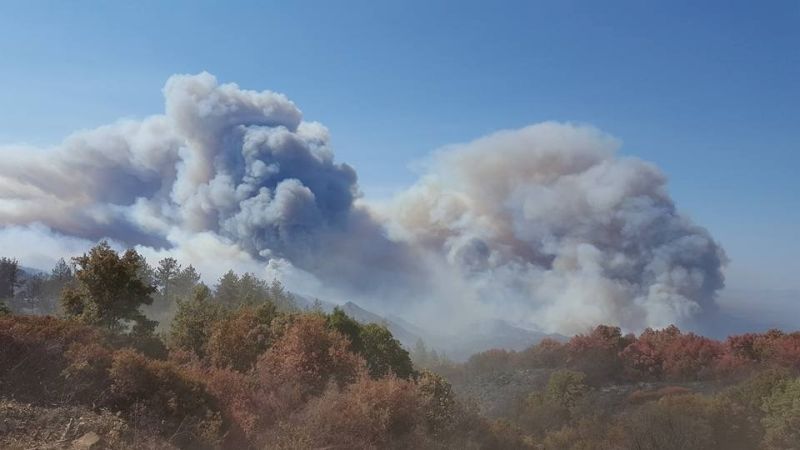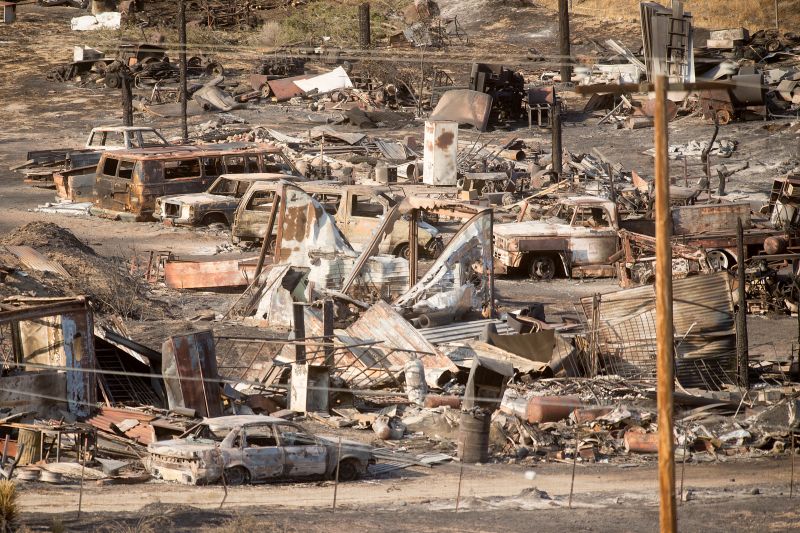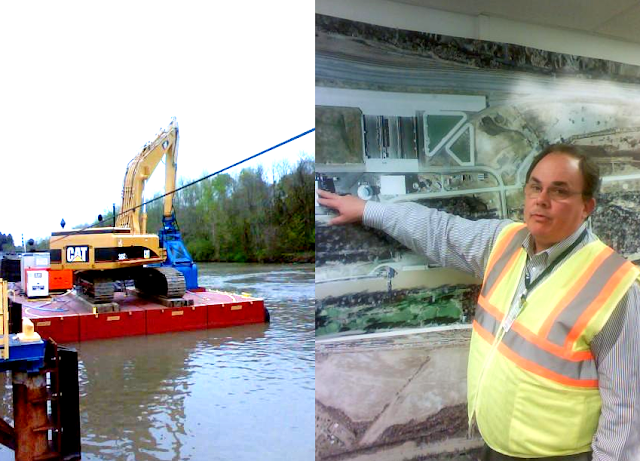FOR IMMEDIATE RELEASE
16-84
August 23, 2016
Contact:
deppressoffice@dep.nyc.gov, (718) 595-6600
"Cease the Grease" Outreach Campaign Has Visited 50,000 Homes in Southeast Queens to Encourage Residents to Properly Dispose of Grease and Help Reduce Sewer Backups
Accumulation of Grease in Sewer Lines is Responsible for 60 Percent of Confirmed Sewer Backups in New York City
Photos and a Map of the Outreach Program are Available on DEP’s Flickr Page
The New York City Department of Environmental Protection (DEP) today announced that outreach teams have knocked on the doors of 50,000 homes in southeast Queens to spread the message that improperly disposing of grease down kitchen drains can clog pipes and lead to sewer backups. The door-to-door campaign began last September and covered Community Boards 12 and 13, where there were more than 4,800 reports of sewer back-ups during the past five years. Investigations by DEP crews found that most of the backups were caused by grease blockages in the sewers.
With help from interns with the Summer Youth Employment Program, the campaign has now reached 50,000 households and more than 1,000 food service establishments with grease education kits and compliance information. In addition, partnerships have been established with local schools, community boards, elected officials, business groups, and religious and neighborhood organizations to encourage New Yorkers to properly dispose of grease. Grease should never be poured down kitchen sinks or toilets, but should instead be placed in sealed non-recyclable containers and discarded with regular garbage.
“When grease is improperly poured down the drain it can block sewer lines and threaten public health and the environment,” said DEP Acting Commissioner Vincent Sapienza. “By working with our community partners to ensure that grease is properly disposed of we can help to prevent costly problems for homeowners and businesses.”
“We have all been guilty at one time or another of pouring kitchen grease down the sink drain, but doing so can clog pipes and sewers,” said State Senator James Sanders Jr. “Every single person can make a difference when it comes to taking care of our environment and it can begin with something as small as disposing of your kitchen grease in the proper way. I commend the DEP for its Cease the Grease campaign and efforts to educate the public about this issue and providing residents with free specially lined bags for properly disposing of grease.”
“As the Department of Environmental Protection continues to build out our sewer system in Southeast Queens, it is even more important that residents are aware of the damage grease can do to our infrastructure when it is improperly poured down the drain,” said Council Member Donovan Richards (D-Laurelton). “This campaign has helped to educate more than 50,000 households and business owners, in addition to its implementation in STEM lessons in elementary and middle school. I’d like to thank the entire DEP team for all of their hard work on the ‘Cease the Grease’ outreach campaign and their continued efforts to decrease the harmful effects of flooding that Southeast Queens has been dealing with for decades.”
Educational programs have been developed for the schools in the area, including P.S. 176, P.S./I.S. 148 and I.S. 59, with interactive and multidisciplinary STEM (Science, Technology, English and Math) lessons. The curriculum introduces students and educators to New York City’s drinking water and wastewater systems. In addition, information and grease education kits will continue to be made available at as many community events and meetings as possible, and on-site visits will continue to be made to commercial food establishments. The campaign also includes workshops at New York City Housing Authority developments, which include approximately 2,500 households within the two Community Boards.
DEP has embraced a data-driven, proactive approach to operate and maintain New York City’s sewer system. By using a range of digital tools and innovative practices, DEP develops targeted programs to provide a high level of service to customers while focusing on investments that will prioritize maintenance in the areas where it is needed most. This approach led to the development of a comprehensive map and target grids for public outreach in southeast Queens.
DEP manages New York City’s water supply, providing more than one billion gallons of water each day to more than nine million residents, including eight million in New York City. The water is delivered from a watershed that extends more than 125 miles from the city, comprising 19 reservoirs and three controlled lakes. Approximately 7,000 miles of water mains, tunnels and aqueducts bring water to homes and businesses throughout the five boroughs, and 7,500 miles of sewer lines and 96 pump stations take wastewater to 14 in-city treatment plants. In addition, DEP has a robust capital program, with a planned $14 billion in investments over the next 10 years that will create up to 3,000 construction-related jobs per year.
This capital program is responsible for critical projects like City Water Tunnel No. 3; the Staten Island Bluebelt program, an ecologically sound and cost-effective stormwater management system; the city’s Watershed Protection Program, which protects sensitive lands upstate near the city’s reservoirs in order to maintain their high water quality; and the installation of more than 820,000 Automated Meter Reading devices, which will allow customers to track their daily water use, more easily manage their accounts and be alerted to potential leaks on their properties. For more information, visit nyc.gov/dep, like us on Facebook, or follow us on Twitter.
Learn more at the NYC Environmental Protection website
====================
Grease Disposal Tips to Help the City’s Environment
New York City needs the help of all of its
residents to keep our sewer system running properly. Liquefied fat, oil,
or grease (FOG) that is poured down the kitchen sink drain can cause
serious impacts. FOG can cling to the insides of pipes and the sewer
system. Over time, it can build up and can eventually block pipes
completely. If wastewater can’t move freely through pipes and out into
the sewer system, it can back up into your home and can cause unsanitary
conditions and damages that can be expensive to repair. By following
the guidelines below, you can help avoid repeated repairs and
unnecessary disruptions to residences and businesses.
Properly Dispose of Cooking Oil & Grease
Cooking oil and grease are wastes that the City’s sewer system cannot
handle and should not be discarded down the drain. Dumping grease,
fats, and oil can clog sewer lines, causing sewage back-ups and
flooding. Sewage back-ups can damage personal and public property.
Here’s how you can help.
 |
DO NOT dump cooking oil, poultry fat and grease into the kitchen sink or the toilet bowl.
DO NOT use hot water and soap to wash grease down the drain,
because it will cool and harden in your pipes or in the sewer down the
line.
|
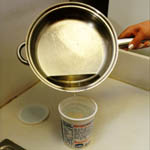 |
DO place cooled cooking oil, poultry and meat fats in sealed non-recyclable containers and discard with your regular garbage.
DO use paper towels to wipe residual grease or oil off of dishes, pots and pans prior to washing them.
|
The following brochure,
Cease the Grease (Grease Disposal Tips to Help the City’s Environment), informs residents on how to properly dispose of used cooking oil:
Recycle Used Motor Oil
When poured down house or storm drains, used motor oil may travel to
your local stream, bay, or harbor, where it can harm underwater
vegetation and aquatic life. Service stations are required by State law
to accept up to 5 gallons of used motor oil per person, per day, at no
charge. Remember not to mix your motor oil with any other substance.
 |
DO NOT dump used motor oil into street or house drains.
|
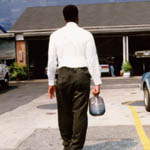 |
DO put used motor oil in a sturdy container, such as a plastic milk jug, and take it to your local service station for recycling.
|
Contact Us
For more information on disposal of motor oil and residential or
commercial grease, or to report illegal dumping into street storm
drains, call:
Write to DEP at:
NYC Department of Environmental Protection
59-17 Junction Boulevard
Flushing, New York 11373
